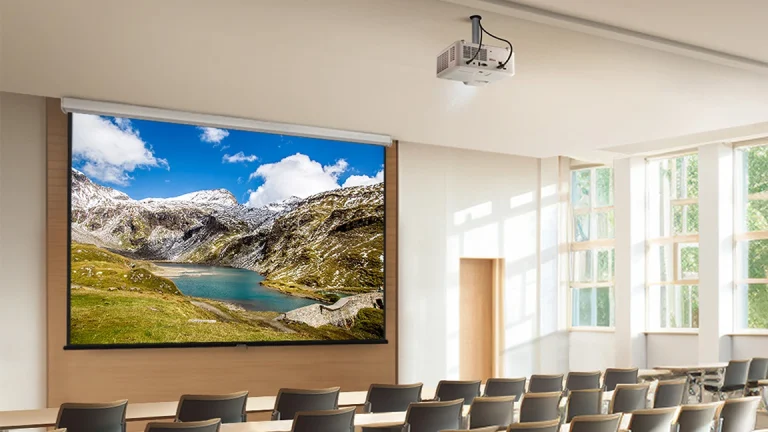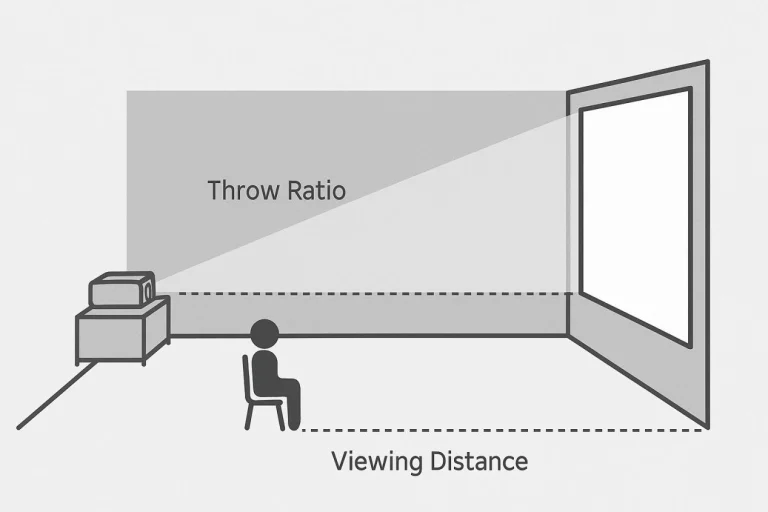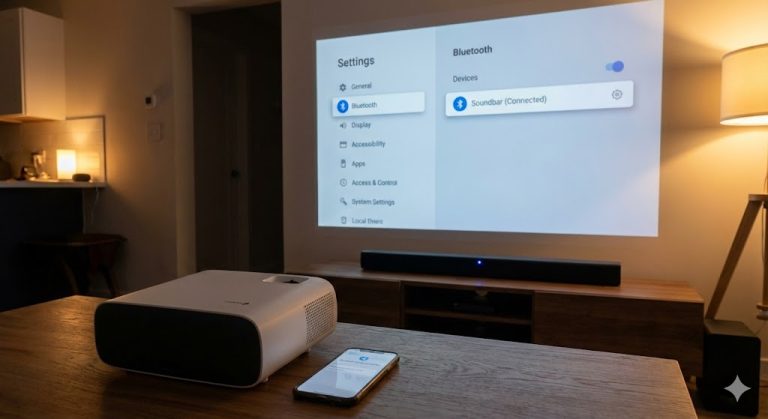What Is the Projector Rainbow Effect?
Understanding the Rainbow Effect
Scientifically known as Color Breakup, the rainbow effect is an optical phenomenon that occurs mainly in single-chip DLP (Digital Light Processing) projectors.It’s not a defect, but a natural byproduct of how these projectors generate color images.
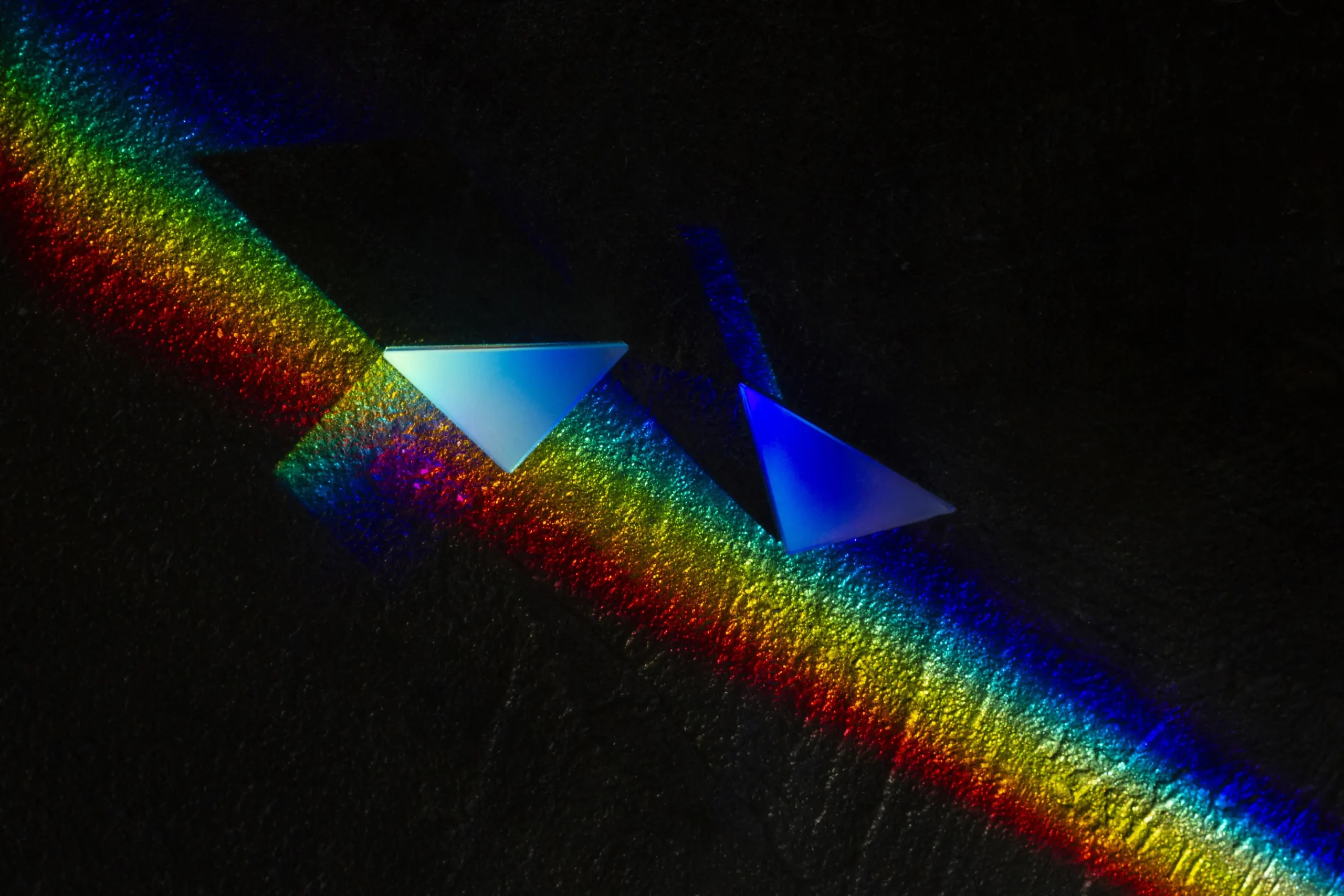
How It Appears—and Why It Affects People Differently
- High-contrast scenes: for example, white type on a black background.
- Quick movement: during action movies or in computer games.
- Quick eye movements: when you quickly sweep the eyes across the screen. But not everybody can see this effect in the same way. Studies suggest that about 40% of subjects perceive rainbow effects but only a minority adds or finds them disturbing. Some people never detect the rainbow effect, while others find it disturbing or fatiguing.
Why the Rainbow Effect Mostly Affects DLP Projectors
- DLP (Digital Light Processing)
- 3LCD (Three-chip Liquid Crystal Display)
- LCoS (Liquid Crystal on Silicon)
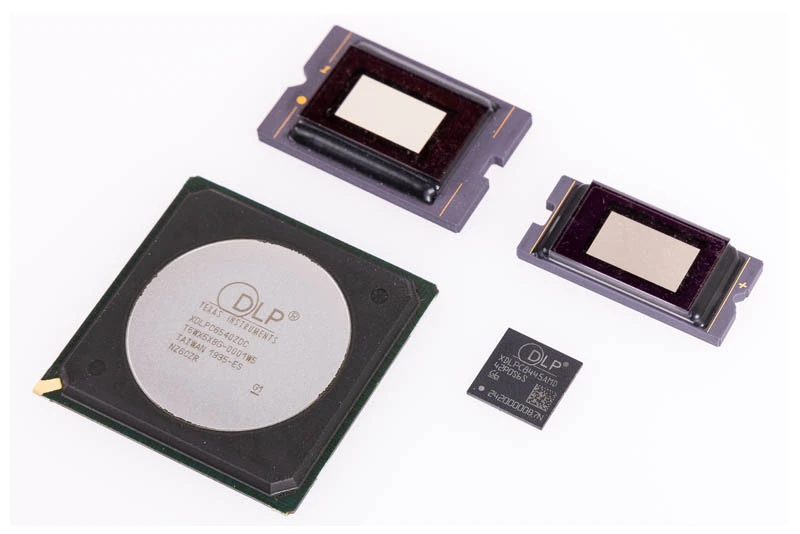
The Technical and Biological Origins of the Rainbow Effect
Technical Cause: Single-Chip DLP and the Color Wheel
- The light source emits white light.
- The color wheel, spinning at high speed, filters the light into red, green, and blue.
- The DMD chip, made up of millions of tiny mirrors, reflects each color in sequence at thousands of frames per second.
- Your brain merges these rapid flashes into a full-color image via persistence of vision.
Biological Cause: Visual Processing Desynchronization
How to Reduce or Eliminate the Rainbow Effect
1. Choose a “Rainbow-Free” Display Technology
Technology | Color Processing | Rainbow Effect | Example |
|---|---|---|---|
3LCD | Simultaneous RGB | ❌ None | Epson projectors |
LCoS | Simultaneous RGB | ❌ None | Sony SXRD, JVC D-ILA |
LED DLP | Sequential but electronic switching | ⚙️ Minimal | BenQ, XGIMI |
RGB Laser DLP | Simultaneous RGB laser beams | ❌ None | High-end laser projectors |
2. Optimize Settings and Viewing Habits
- Reduce brightness and contrast: The effect is more visible in extreme contrast.
- Keep your eyes steady: Avoid rapid eye or head movement during viewing.
- Sit further away: A greater viewing distance reduces the perceived artifact.
- Watch in darker environments: Limit ambient light and reflections.
- Use a gray or matte-finish screen: These reduce light intensity and enhance color balance.
- Update firmware: Some manufacturers release firmware updates that optimize image processing and minimize artifacts.
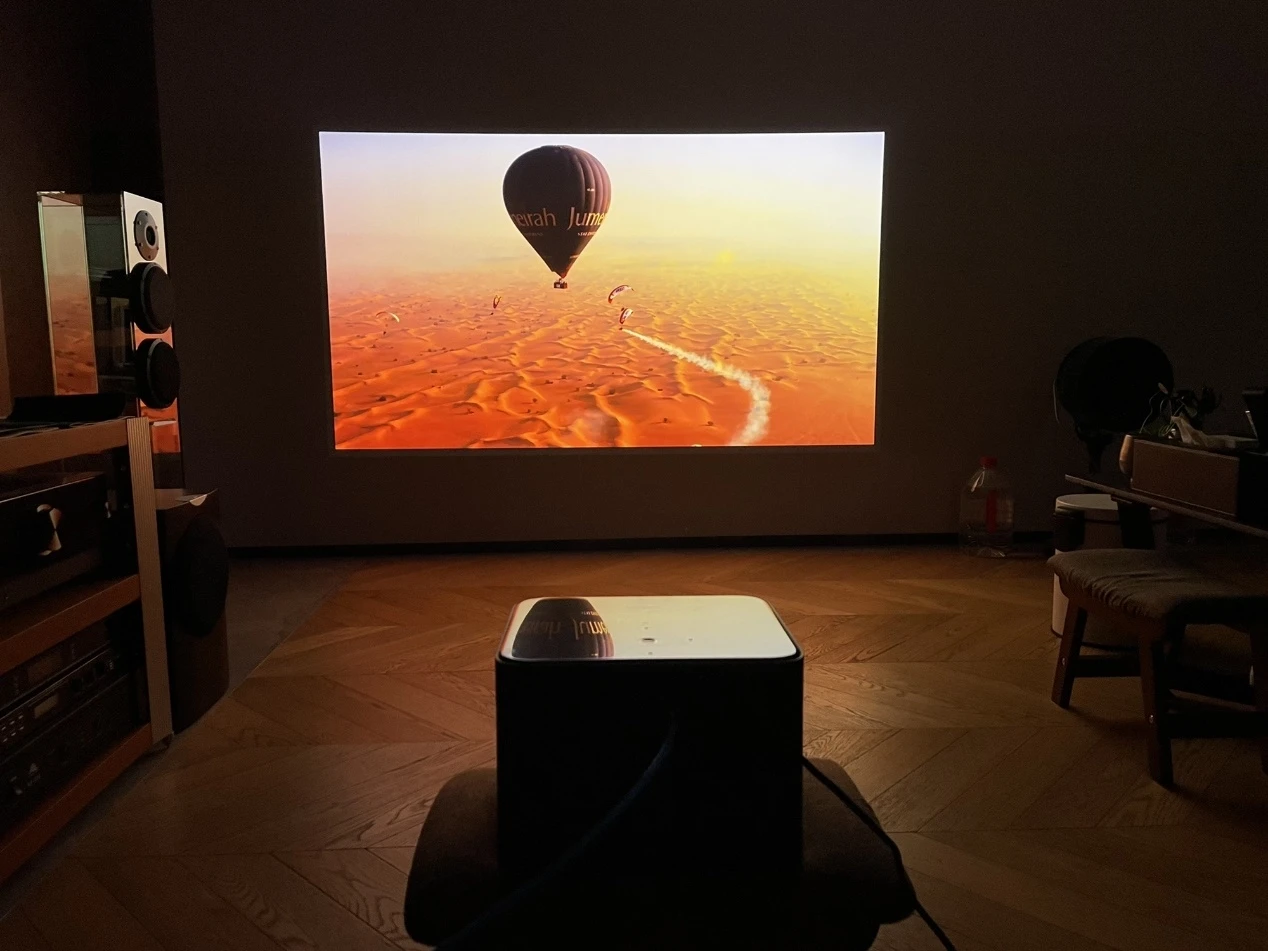
Is the Rainbow Effect Disappearing?
- LED and RGB Laser sources instead of lamps and color wheels.
- Smarter and faster color wheels (up to 6times the speed) with improved segment designs.
- New DLP controllers which can now run up to 20 color cycles for each frame—beyond the range of detection of the human eye.
Conclusion
No. It’s a harmless optical illusion, though it can cause eye strain or headaches for sensitive individuals.
Only single-chip DLP projectors with color wheels. Models using LED or laser light sources are almost immune.
Projectors using 3LCD, LCoS, or 3-chip DLP designs.
In some cases, yes. Manufacturers may fine-tune image timing and color refresh algorithms to minimize artifacts.
Choose a model with RGB laser or LED light source, or go for 3LCD/LCoS technology if color accuracy and comfort are priorities.


